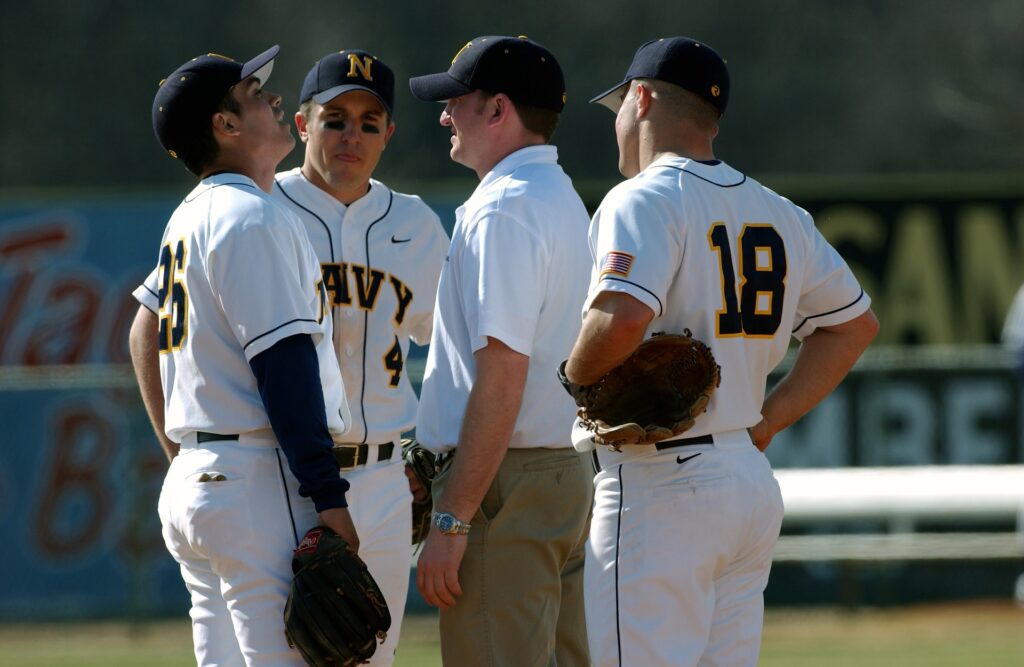How to Get Into Sports Medicine
If you’re an athlete, have an interest in anatomy or simply love sports, you may have thought about getting into sports medicine. However, the road to becoming a sports doctor or therapist is a long and often difficult one. In addition to attending eight years of college, you must also spend three to eight years interning and furthering your education before finally earning the title of sports medicine physician.
Still, there are many benefits to pursuing a career in sports medicine. On top of doing what you love, you’ll also earn a decent wage. The average sports physician earns roughly $143,700 per year, according to Glassdoor. Plus, you may have the opportunity to care for famous athletes and even travel with major sports teams between venues.
Does becoming a sports medicine physician sounds like your dream job, here’s how to break into the world of sports medicine and make a name for yourself.

Graduate Secondary School
The first step to earning the position of sports medicine physician is to attend and graduate secondary school. There, you will learn the fundamentals of sports medicine and similar sciences including biology, chemistry and physics. Typically, you’ll choose between an undergraduate medical degree or a pre-medical degree. Both paths require hard work and dedication. However, undergrad usually lasts five to six years while a pre-med education will often only lasts three to four.
Earn a Medical Degree
After you graduate secondary school, degree in hand, you must then attend medical school. This step will require between four and six years of commitment and excellent grades. Ultimately, if all goes well, you’ll graduate with a medical or osteopathic medicine degree. The latter concentrates on the musculoskeletal system and preventative medicine. Regardless of which major you choose, you will likely perform clinical rotations during the final years of graduate school.
Complete Residency Training
Upon graduation, you must decide where you plan to practice medicine and earn a license from that country. Then, you’ll choose between primary care and orthopedics. If you pick the former, you’ll likely train in a family, pediatric or emergency medical facility. However, if you choose orthopedics, you may have chances to travel with sports teams to prevent and treat injuries. If you do, you’ll likely travel often and should organize your vehicle to find equipment and documents quickly.

Finish With a Fellowship
While a residency prepares you for board certification and the title of clinical specialist, you may want to learn more about a specific sub-specialty. If you do, finish off strong with a fellowship. You’ll need substantial clinical experience in this specialty as well as demonstratable skills within the area you choose. Fellowship programs last a few years at most and will likely set you apart from other competitors looking for a job in the field of sports medicine.

Know Yourself, First
Obviously, the journey to becoming a sports medicine physician is a long and arduous one. Before taking the first step, it’s best to examine yourself and identify your intentions and objectives. Are you in this for the long haul or is sports medicine just a passing fancy? Knowing yourself, first will ultimately help you make the best decision in regards to choosing a career path and finding a job you’ll love.